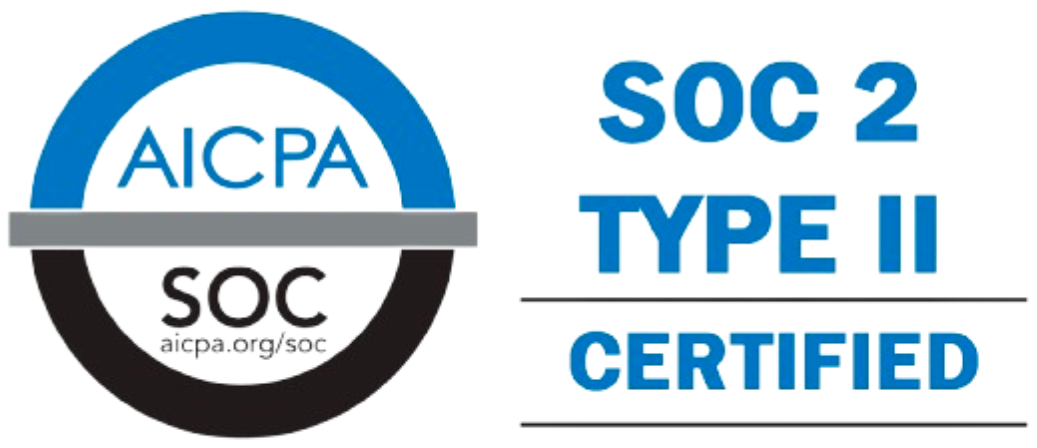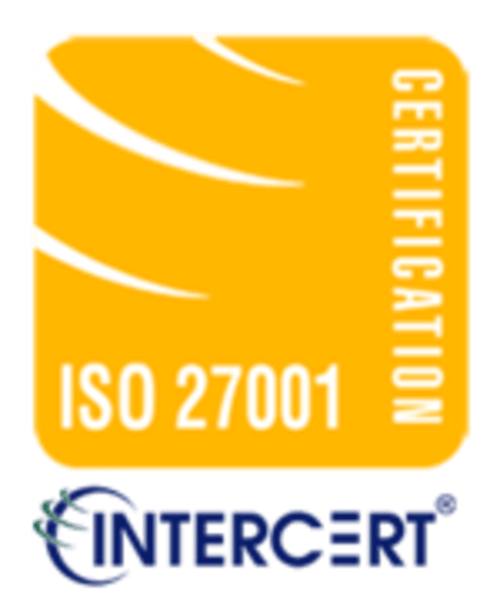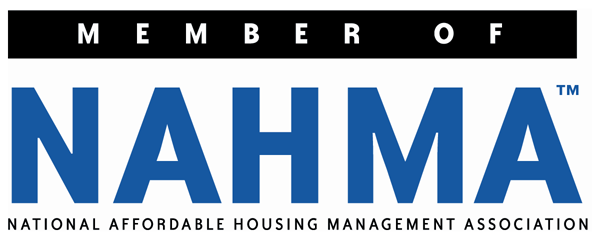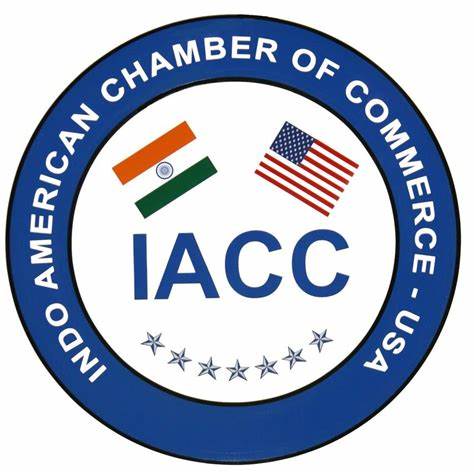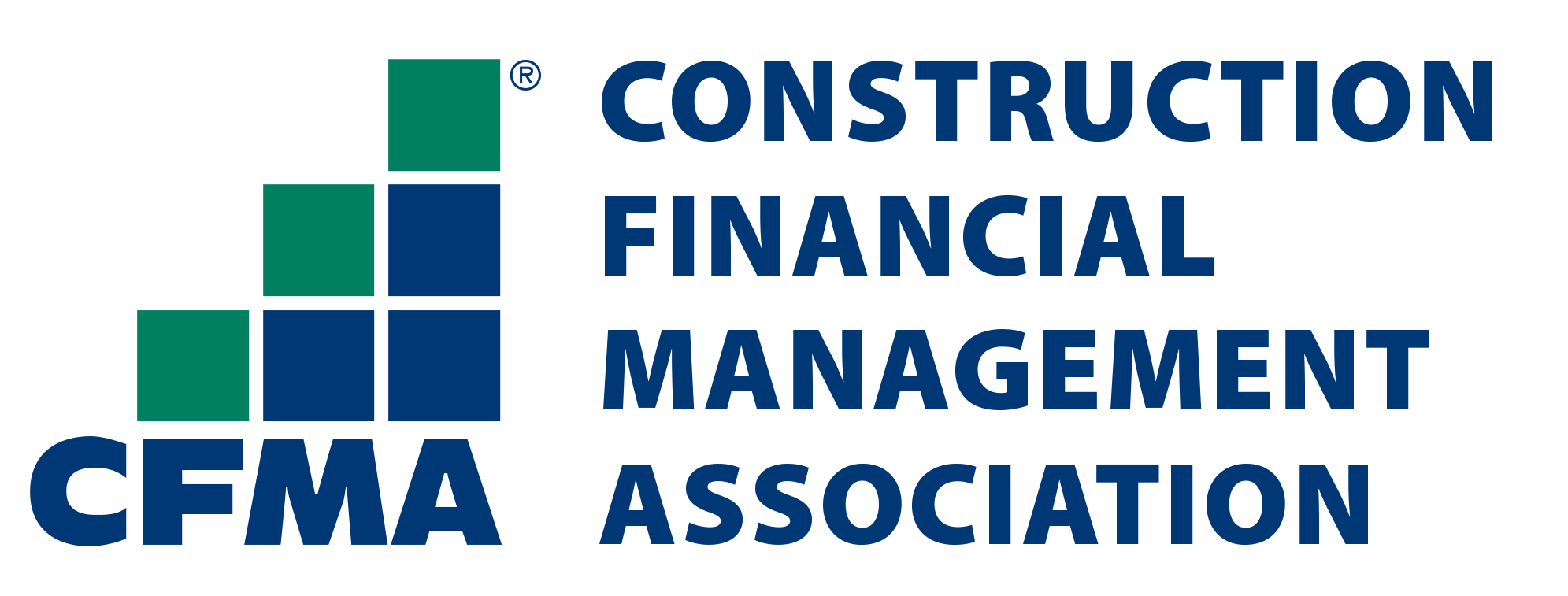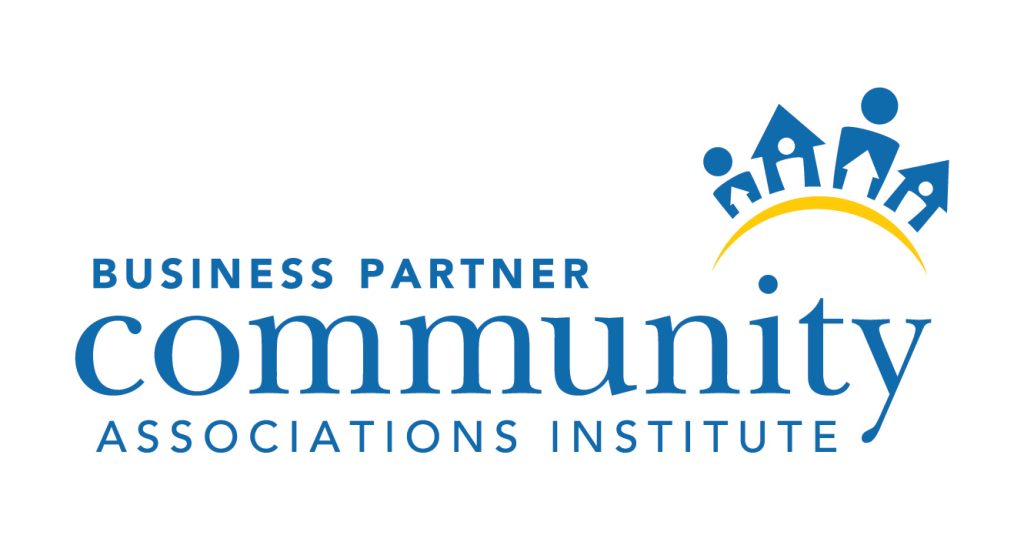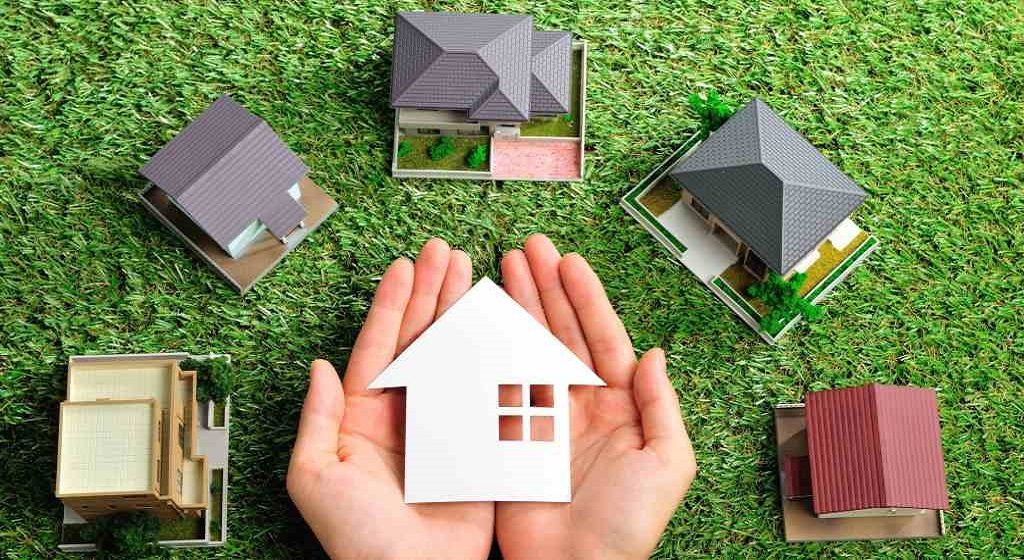
Understanding CAM Expenses: A Guide for Property Owners
- July 12, 2023
- OHI

In the world of commercial real estate, property owners are often faced with common area maintenance (CAM) expenses. These expenses, including common area maintenance expenses accounting, are related to the operation and upkeep of shared areas in a property and can have a significant impact on both property owners and tenants. Understanding common area maintenance expenses, including cam accounting expenses, is crucial for property owners to ensure fair cost allocation, transparent billing practices, and effective management. In this comprehensive guide, we will delve into the concept of common area maintenance expenses, explore their importance, and provide property owners with the knowledge and tools they need to navigate this aspect of commercial real estate management.
Common area maintenance expenses, refer to the costs associated with maintaining and managing common areas within a commercial property. These areas typically include lobbies, hallways, parking lots, elevators, landscaping, and shared amenities used by tenants. Common area maintenance (CAM) expenses are shared among all tenants in the building and are usually detailed in the commercial real estate lease agreement.
Understanding Common area maintenance expenses is vital for property owners as it directly impacts the financial performance of the property. Common area maintenance expenses often represent an additional source of income for property owners, as they are typically passed on to tenants as part of their lease obligations. By comprehending the nuances of it, property owners can accurately calculate and allocate costs, track operating expenses, and ensure compliance with the terms of the commercial real estate lease agreement.
This guide serves as a valuable resource for property owners, providing them with a comprehensive understanding of common area maintenance expenses of commercial real estate leases. By following the structured approach outlined in this guide, property owners can effectively manage it, ensure fair billing practices, and navigate potential disputes related to CAM charges and common area maintenance calculations.
CAM accounting expenses are primarily associated with properties that have shared common areas and amenities. Examples of such properties include shopping centers, office buildings, industrial parks, and mixed-use developments. These common areas play a crucial role in attracting customers and creating a pleasant environment for tenants. It is essential for property owners to account for CAM accounting expenses in their financial planning and accounting processes.
It encompasses a wide range of costs related to the maintenance and management of common areas. Some common examples include cleaning and janitorial services, landscaping and grounds maintenance, security services, utilities for common areas, repairs and maintenance of shared facilities, insurance premiums, property management fees, and property taxes. These expenses contribute to the overall appearance, functionality, and safety of the property. Accurately accounting for these CAM accounting expenses, including common area maintenance expenses, is vital for maintaining financial transparency and accurately allocating costs among tenants.
To gain a comprehensive understanding of common area maintenance expenses, it is essential to familiarize yourself with the key components involved:
It requires a systematic approach to ensure accuracy and fairness. The following factors play a crucial role in the calculation process:
It helps ensure compliance with lease agreements and prevent discrepancies or errors. Auditing provides an opportunity to identify and rectify any overcharges or incorrect billing, leading to fair and accurate cost allocation. Property owners should prioritize periodic audits to maintain transparency and financial integrity.
These can arise between property owners and tenants. Promptly addressing tenant concerns and implementing transparent communication channels can help prevent conflicts. Resolving disputes may involve negotiation, mediation, or arbitration, depending on the severity and complexity of the issue. Open and respectful dialogue can often lead to satisfactory resolutions, benefiting both parties involved. Properly handling disputes related to CAM operating expenses, including cam accounting expenses, is essential for maintaining positive tenant relationships and avoiding legal complications.
Property owners have specific rights and responsibilities when it comes to CAM Accounting expenses, including Common area maintenance. Understanding these rights and responsibilities is essential for effective management. Key aspects include accurately calculating CAM accounting expenses, real estate accounting, providing transparent billing and supporting documentation, conducting regular audits, promptly addressing tenant concerns, and ensuring compliance with lease agreements and legal obligations. Property owners must be aware of their rights and obligations to ensure smooth operations and maintain positive tenant relationships.
Understanding CAM operating expenses, including common area maintenance expenses accounting, is crucial for property owners in the commercial real estate industry. By comprehending the various aspects of CAM expenses, accurately calculating and allocating costs, conducting regular audits, and effectively resolving disputes, property owners can ensure fair cost distribution, maintain positive relationships with tenants, and optimize the financial performance of their properties. This guide equips property owners with the knowledge and strategies needed to navigate Common area maintenance expenses, accounting, and CAM charges, including common area maintenance expenses, with confidence and expertise.
Contact us for a customized NO OBLIGATION proposal for outsourcing your accounting activities.
